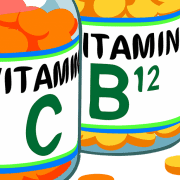Chemical Sensitivities: Total Body Load (Premium)
Introduction by the editor: Hypersensitivity to chemicals is a growing phenomenon. A lack of government oversight on the production of chemicals, poor reporting systems for reactions to chemicals, and a misunderstanding of the biological basis for Multiple Chemical Sensitivity (MCS) are partly to blame for an upsurge in this medical problem. Many people go undiagnosed by professionals or don’t personally make the connection with symptoms and exposures to chemicals in their daily lives.
Dr. William J. Rea, an international expert on environmental medicine and the author of the medical textbooks, Chemical Sensitivity, Vol. 1-4, Optimum Environments for Optimum Health and Creativity, and co-author of Your Home, Your Health and Well-Being, is on the advisory board for ACN Latitudes. This article is excerpted from Chemical Sensitivity, Vol 1, with his permission. Dr. Rea is director of the Environmental Health Center—Dallas.
What is Total Load?
Pollutants that contribute to an individual’s total body load may be biological (pollens, dusts, molds, foods, parasites, viruses, bacteria), chemical (organic or inorganic), or physical (heat, cold, electromagnetic radiation, light, radon, positive and negative ions, noise, weather changes).








